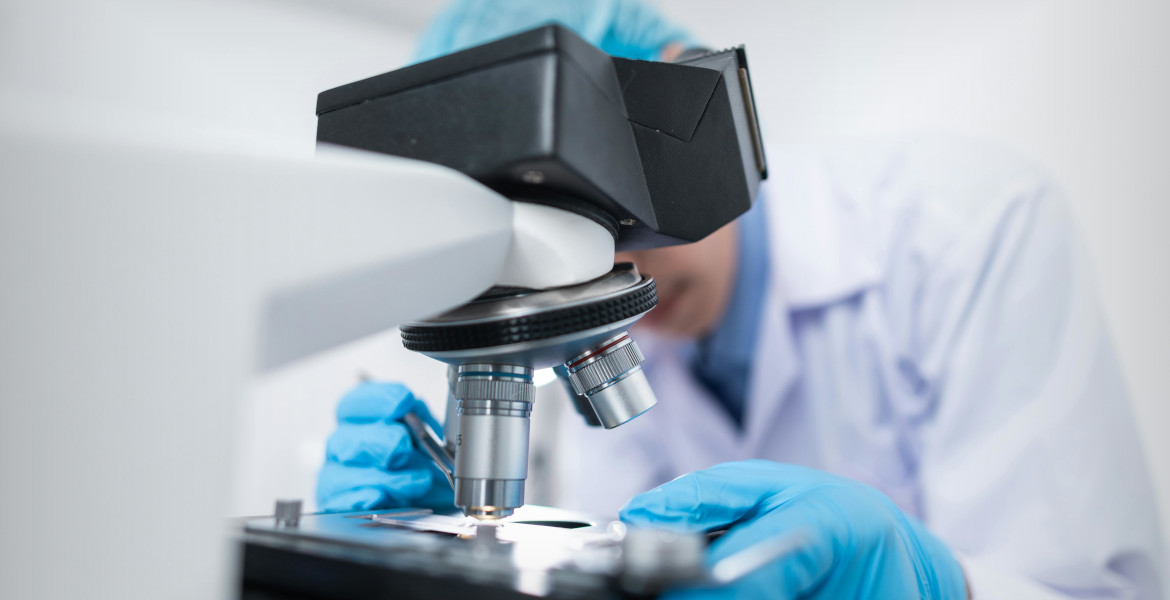Previously, organisms have only been found that can break down plastic at higher temperatures, such as at least 30 degrees Celsius.
Now, Swiss researchers have found organisms that can melt plastic even at lower temperatures, which they believe could contribute to better solutions for breaking down the increased plastic consumption in cheaper and more carbon-neutral ways.
Plastic consumption has become an increasing problem throughout the world as plastic contributes to a negative impact on the environment, animals and human health.
A large proportion of plastic does not break down completely, becoming microplastics that can take hundreds of years for nature to break down. Animals and humans then ingest these microplastics. For example, researchers at the Free University of Amsterdam recently found that 80% of participants in a study had microplastics in their blood.
In recent years, researchers have found more and more organisms that can break down plastics, which may also help to make them available for industrial use and break down larger quantities. There are a number of fungi, bacteria and even worms that can do this.
One problem is that these organisms need heat to survive and break down the plastic. Often at least 30 °C is needed, which is very costly and, according to researchers, not enough to achieve a so-called 'carbon-neutral solution'.
Now, a group of researchers at the Swiss Federal Institute for Forest Snow and Landscape Research (WSL) has found organisms that can break down plastic at lower temperatures.
The researchers collected samples from 19 strains of bacteria and 15 strains of fungi found on plastic waste in Greenland, Svalbard and also in Switzerland. The bacteria and fungi were then grown under dark conditions and at temperatures between 4 °C and 20 °C. The study, published in the scientific journal Frontiers in Microbiology, explains that several tests were carried out on the organisms to examine their ability to melt different types of plastic materials.
It was found that 56% of the strains, i.e. eleven fungi and eight bacteria, were able to break down bio-based polyurethane (PUR). At the same time, 14 fungi and three bacteria were also able to digest plastic mixtures of PBAT and PLA.
– It was very surprising to us that we found that a large fraction of the tested strains was able to degrade at least one of the tested plastics, says Dr. Joel Rüthi, who led the study.
The organisms were most effective at temperatures around 15 °C, but lower temperatures also worked for some of them.
The next step for researchers is to identify specific plastic-degrading enzymes produced by these strains, which could then lead to using these organisms to degrade plastics on an industrial scale and at lower temperatures.
Plastic is an umbrella term for many different materials with different uses. Most commonly, plastic is made from fossil raw materials, but it is also made from renewable raw materials.
There are also plastics made from bio-based raw materials such as sugar cane; however, this does not mean that they break down more easily in nature and are often just as difficult to degrade as plastics made from fossil raw materials.
Much of the plastic ends up in the sea, which is often disposable packaging and plastic bags. Often, the plastic waste has been dumped on land and then ends up in the sea in various ways, where it has an impact by, for example, fish and other animals getting stuck in the waste or by slowly breaking down into microplastics that are then eaten by marine wildlife.





